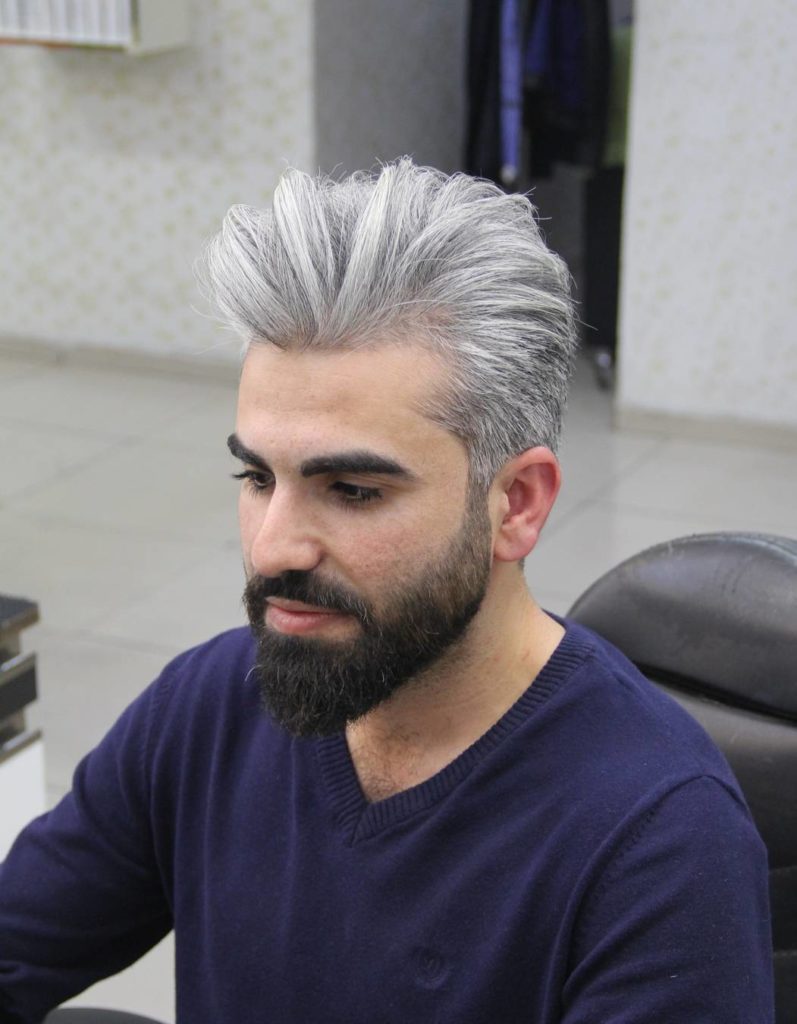
No matter the occasion or goal, kinky braiding hairstyles offer straightforward solutions for styling beautiful locks without excessive upkeep. Learn more about this particular form of hair and its versatility here!
Do you enjoy long, flowing, kinky twists? For an alternative look that complements darker skin tones, why not experiment with these deep brown locks twisted with thicker coils?
Blonde
If you want to add something extra special to your kinky twists, blonde hair could be just what’s needed. This color will draw out the texture of your style while brightening your complexion; why not go for an ombre effect for some subtle contrast?
Another eye-catching combination is to pair your kinky twists with a sharp undercut for an exciting and modern look. This can be accomplished by adding crochet or Senegalese twists to your natural hair and then shaving the sides for an edgy style.
Kinky braiding hair is an effective protective style to shield natural locks from heat and chemical damage and encourage healthy hair growth by giving your strands a break from constant styling. Several online retailers are selling kinky braiding hair; however, you must purchase from one who knows their products well for optimal quality results and longevity.
Burgundy
Burgundy braided hair adds an elegant, high-fashion hue to African-originated braided styles. This beautiful color seamlessly complements most skin tones while emphasizing black natural hair’s intricate patterns and structure.
Thanks to their striking burgundy hue, long burgundy box braids are easy to style into an adorable twisted bun for any special event. Burgundy also works well with other reddish hues, such as accessories.
Medium burgundy box braids pair perfectly with a crown of tiny crotchet braids to frame the face, and are an eye-catching combination. Ideal for work days and even club or party wear when styled with dramatic makeup, medium burgundy box braids will turn heads wherever they go!
Thick twist braids with box sections offer a lightweight yet big protective style for ladies with thick locks. They can be worn up or down and are significantly lighter than standard box braids. Make sure to bind the tips, add transparent beads for decoration, and use quality extensions like RastAfri Freed’m Silky to extend their durability as long as possible.
Cornrows Twists
Cornrows can be worn in multiple ways to achieve a unique look. If you love baby hairs, try wearing them out romantically, swirling them around your face for an eye-catching display of natural beauty and out of harm’s way of your eyes! Use can make these braids even more noticeable for an added edge control gel boost.
No other hairstyle exudes glamour like a high cornrow ponytail, complete with gold cuffs to elevate its sophistication and draw the eye. Perfect for special events and occasions where you want to feel extra special!
Add an eye-catching flair to your cornrows by pairing them with twists. Cornrow twists, or rope braids, make an impressionful statement while being easy to manage and care for. They can be styled into intricate patterns using ribbons or chains as accessories, giving your protective style some flair!
Grey
Accepting gray hair may not be accessible in our society, where we are expected to look perfect, but don’t allow that to discourage you – there are numerous chic styles you can rock with your gray locks!
One of our go-to styles is the edgy side-swept style. Not only does it look chic and feminine, but it can also balance out asymmetric features while being perfect for formal events.
Another way to be bold and unique is with a combination of braids and twists, whether in cornrows, boxy braids, or even crochet braid updos. We suggest Indique’s Gray Wavy Bulk for this look as it provides a classic wavy texture with low to medium luster that’s the ideal compliment to grey braiding hair; its soft yet very slightly kinky feel lessens any potential sassiness from brands like RastAfri Pre-Stretched Freed’m Silky Braid; available in B44 Gunmetal; 51 Grey; and 280 Silvery Smoke versions.

